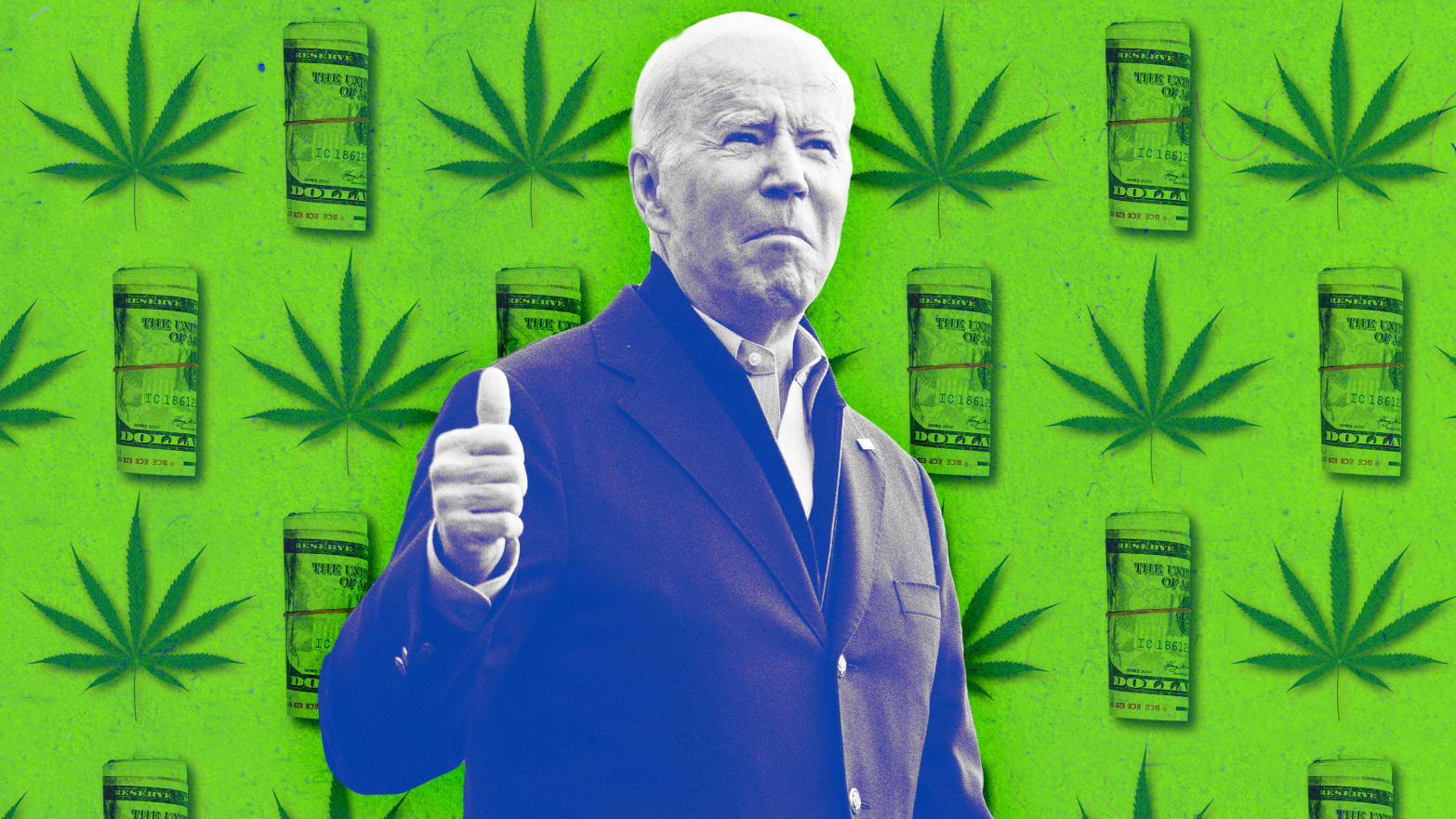
At trial, criminal defendants have the right for the jury to be instructed on any applicable lower or lesser-included crimes. The evidence must support an inference that the lesser crime was committed instead of the greater offense.
However, should defendants always seek lesser-included jury instructions if the facts warrant this strategy? Isn’t it true that giving a jury too many alternatives to decide convict ultimately result in a conviction? A recent case captured the trickiness of deploying (or not) the lesser-included jury instruction at trial.
In State v. Conway (10/27/22), the WA Court of Appeals held that Defense Counsel’s “all-or-nothing” trial strategy was effective, even when counsel declined to seek a lesser included jury instruction. The Court found Counsel’s decision was deliberate and strategic, and did not prejudice the defendant at trial.
BACKGROUND FACTS
Mr. Conway allegedly attacked three different individuals at the Spokane Amtrak Station in a series of incidents. The State charged Conway with one count of second degree assault, one count of third degree assault, and one count of fourth degree assault. At trial, defense counsel admitted to the fourth degree assault. He also admitted that the other crimes amounted to fourth degree assault. However, counsel did not request an instruction for a lesser-included offense. The jury found Conway guilty of second and fourth degree assault but acquitted him of third degree assault.
On appeal, Conway argues ineffective assistance of counsel for his attorney’s failure to request an instruction for the lesser-included offense of fourth degree assault.
COURT’S ANALYSIS & CONCLUSIONS
The Court of Appeals began by saying that Criminal defendants have a constitutionally guaranteed right to effective assistance of counsel. A defendant bears the burden of showing (1) that his counsel’s performance fell below an objective standard of reasonableness based on consideration of all the circumstances and, if so, (2) that there is a reasonable probability that but for counsel’s poor performance, the outcome of the proceedings would have been different.
The Court further elaborated that In reviewing the record for deficiencies, there is a strong presumption that counsel’s performance was reasonable. The burden is on a defendant alleging ineffective assistance of counsel to show deficient representation.
“A decision by defense counsel to forgo an instruction on a lesser-included offense may be a legitimate trial tactic . . . Both the defendant and the State have the right to present an instruction for a lesser-included offense if all of the requirements have been met.” ~WA Court of Appeals, Division III.
Here, defense counsel’s decision to forgo an instruction on the lesser-included offense was not deficient. It was clearly strategic.
The Court of Appeals reasoned that there was strong evidence in support of the State’s assault charges. “The State presented the jury with undisputed video evidence of Conway assaulting the victims,” said the Court. “Because the State presented undisputed video evidence of the assaults, it was a legitimate trial tactic for defense counsel to admit that Conway had committed fourth degree assault.”
Moreover, even though an all-or-nothing strategy is legitimate regardless of success, in this case it worked. The jury acquitted Conway of third degree assault even though counsel acknowledged the assault.
With that, the Court of Appeals decided that Conway’s attorney was not constitutionally ineffective. “Defense counsel made a strategic decision to forego a lesser-included instruction on a felony assault charge,” said the Court. “The decision was not deficient and did not prejudice Conway at trial.” The Court upheld Conway’s conviction second and fourth degree assault.
My opinion? The above case captures the trickiness of allowing juries to convict a defendant of a lesser charge. In many cases, lesser included charges are important to defendants because jurors do not always exactly follow the law. For example, in an assault case, the jury might be so outraged at what they consider to be a brazen attack by the defendant that they don’t carefully consider whether the injuries were significant enough to rise to a felony or misdemeanor before returning a guilty verdict.
If the defense requests a lesser included charge of a lesser crime, the jury is more likely to carefully look at the evidence presented. Consequently, they may convict the defendant of the lesser crime if that is the only charge that they feel the evidence supported.
Requesting a lesser included charge is a double-edged sword, however. Some juries might have acquitted the defendant of assault if they didn’t believe that the prosecution proved that the incident was an upper-level felony. Ultimately, the key to deciding whether to request a lesser included charge is weighing the risks against the rewards.
Please contact my office if you, a friend or family member are charged with Assault or any other crime. Hiring an effective and competent defense attorney is the first and best step toward justice.















